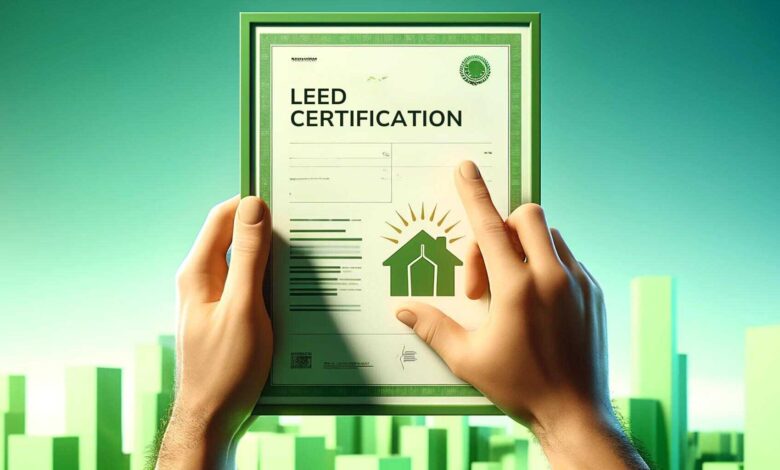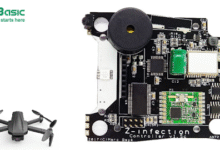Tech
Commercial HVAC and LEED Certification: Enhancing Sustainability

Introduction
Leadership in Energy and Environmental Design (LEED) certification validates sustainable building practices. Commercial heating, ventilation and air conditioning HVAC systemsplay a crucial role. This blog explores LEED-HVAC synergy.
LEED Certification Overview
- Sustainable Sites: Efficient land use and transportation.
- Water Efficiency: Reduced consumption.
- Energy and Atmosphere: Optimized HVAC performance.
- Materials and Resources: Eco-friendly materials.
- Indoor Environmental Quality: Enhanced air quality.
HVAC Contributions to LEED Points
- Optimize Energy Performance: Energy-efficient HVAC systems (1-19 points).
- Enhance Indoor Air Quality: Ventilation and filtration strategies (1-2 points).
- Reduce Water Consumption: Water-cooled systems and efficient cooling towers (1-2 points).
- Thermal Comfort: Temperature control and occupant satisfaction (1 point).
LEED-HVAC Design Strategies
- High-Efficiency Equipment: SEER, AFUE and IEER-rated systems.
- Energy Recovery Ventilation: Capture and reuse energy.
- Demand Control Ventilation: Optimize airflow.
- Radiant Cooling and Heating: Energy-efficient temperature control.
- Air Sealing and Insulation: Prevent energy loss.
LEED Certification Benefits
- Increased Property Value: Energy-efficient systems boost value.
- Environmental Sustainability: Reduced carbon footprint.
- Energy Cost Savings: Optimized HVAC performance.
- Enhanced Indoor Air Quality: Improved occupant health.
- Marketing Advantage: LEED-certified buildings attract tenants.
Case Studies and Success Stories
- Energy Savings: 20-40% reduction.
- LEED Certification Rates: 50-90% achievement.
- Occupant Satisfaction: Improved thermal comfort.
Implementation Best Practices
- Collaborative Design: Integrate HVAC experts.
- Energy Modeling: Simulate performance.
- Commissioning: Verify system performance.
- Maintenance Planning: Schedule regular checks.
- Documentation: Accurate LEED submittals.
Future Developments
- LEED v5: Enhanced energy efficiency standards.
- Net-Zero Energy Buildings: 100% renewable energy.
- Smart HVAC Systems: IoT-enabled efficiency.
Conclusion
Commercial HVAC systems significantly impact LEED certification. Strategic design enhances sustainability, energy efficiency and occupant comfort.
Additional Resources
- U.S. Green Building Council (USGBC)
- American Society of Heating, Refrigerating and Air-Conditioning Engineers (ASHRAE)
- U.S. Department of Energy
- Environmental Protection Agency (EPA)
- International Association of HVAC Professionals





